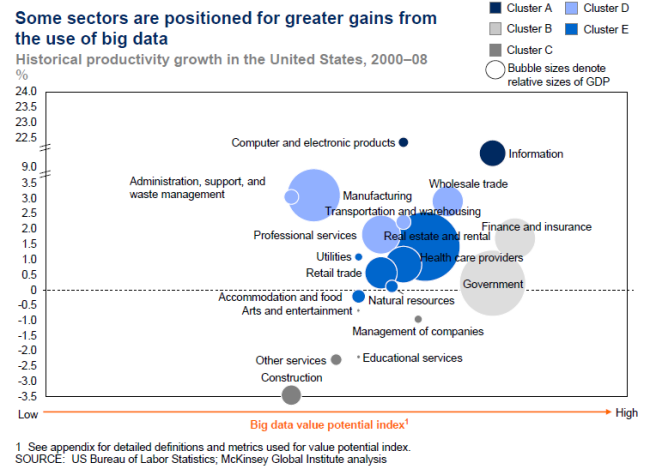Happiness, contentment and well-being are goals. They are the outcome of our daily life, the products of our actions, the results of our behaviors and attitude. So, let’s step back and tiptoe back from these end goal to the footprints of events that lead to happiness and life satisfaction:
1. Going through the year in the absence of illness, migraine, small injuries, headache and backache. How do we know? Each of these little health incidents in life are our reminders and signposts telling us: enjoy life at its fullest as long as you are in good health. And this is true even through research studies from the field of positive psychology demonstrate that patients with a long-term illness have an equal ability to synthesize happiness;
2. Enjoying the little moments in life, laughing outloud with friends, thanking a stranger, appreciating excellence and experiencing many positive emotions;
3. Achieving or even exceeding our expectations, working hard in a state of Flow towards mastery: at work, in our family, with our hobby;
4. Going out with our friends or family, discovering new places, generating collective memories;
5. Contributing to a cause bigger than ourselves, thereby strengthening our sense of purpose and self-satisfaction
All good and nice, let’s fill up our calendar and force fit positive events and a rich mix of all of the above in our already busy schedule.
Will we find happiness? Maybe yes, possibly, maybe not… So, what’s wrong with the approach? Let’s take one more step back. Happiness is not about force-fitting new activities in our calendar, it is the how and the why:
The how is about shaping our environment for happiness to flow naturally? This sounds idealistic, doesn’t it? Let’s pick an example: can we replace scheduled visits to our fitness centers with a new healthy lifestyle: walking our dogs, going out with our kids or friends, power-walking to lunch, biking to work, visiting new places over the weekend, parking a little further and enjoying sunrises in the morning.
The why is about clearly defining and following our personal vision. How do we apply our strengths and natural talents to contribute to the society? What do we want our legacy to be? The why defines our attitude, our behaviors and key decisions. It is our organic energy source fueling our motivation and enthusiasm, it is our compass when we hesitate and have to take balanced risks.
Therefore the question: how do we dynamically shape our environment and define a clear picture of where we want to be? Next year, in 2 years, in 5 years? Develop your own Vision Board (check www.authentic-happiness.com), combine it with a shorter term Action Board. Not convinced? Try it for yourself, draw a detailed picture of yourself, your strengths, your past successes, your passion and interests: add your personal vision of what you want to achieve, how you will contribute, where you want to travel, and how you will get there, etc…
What do you have to lose? At worst, you will keep on going with your life. At best, you will become a new person, happy and satisfied to progress towards accomplishing your life goals, and likely transforming the lives of people around you!
Like this post? Agree, disagree? I am looking forward for your comments, questions and feedback.
Clara


















